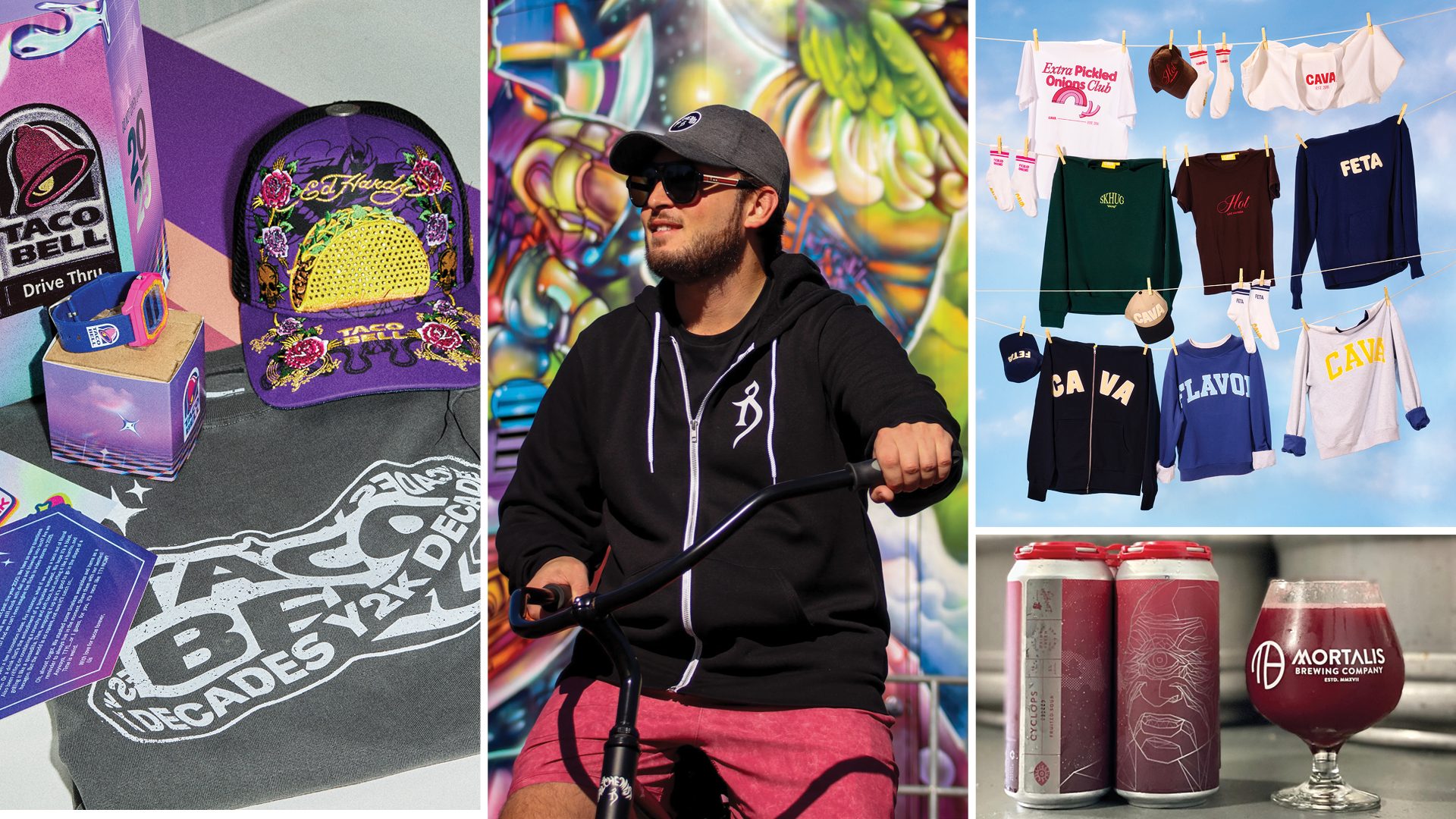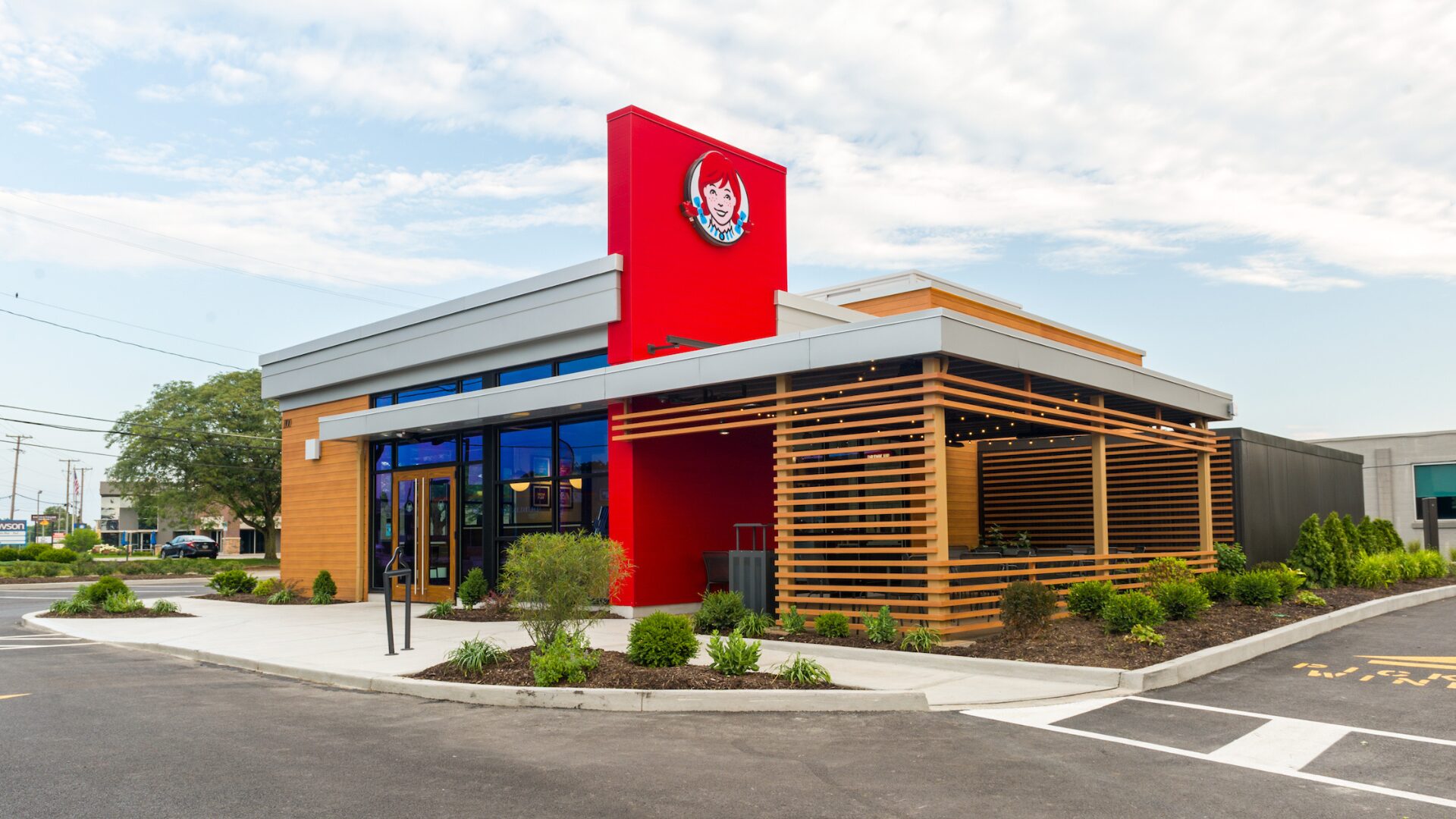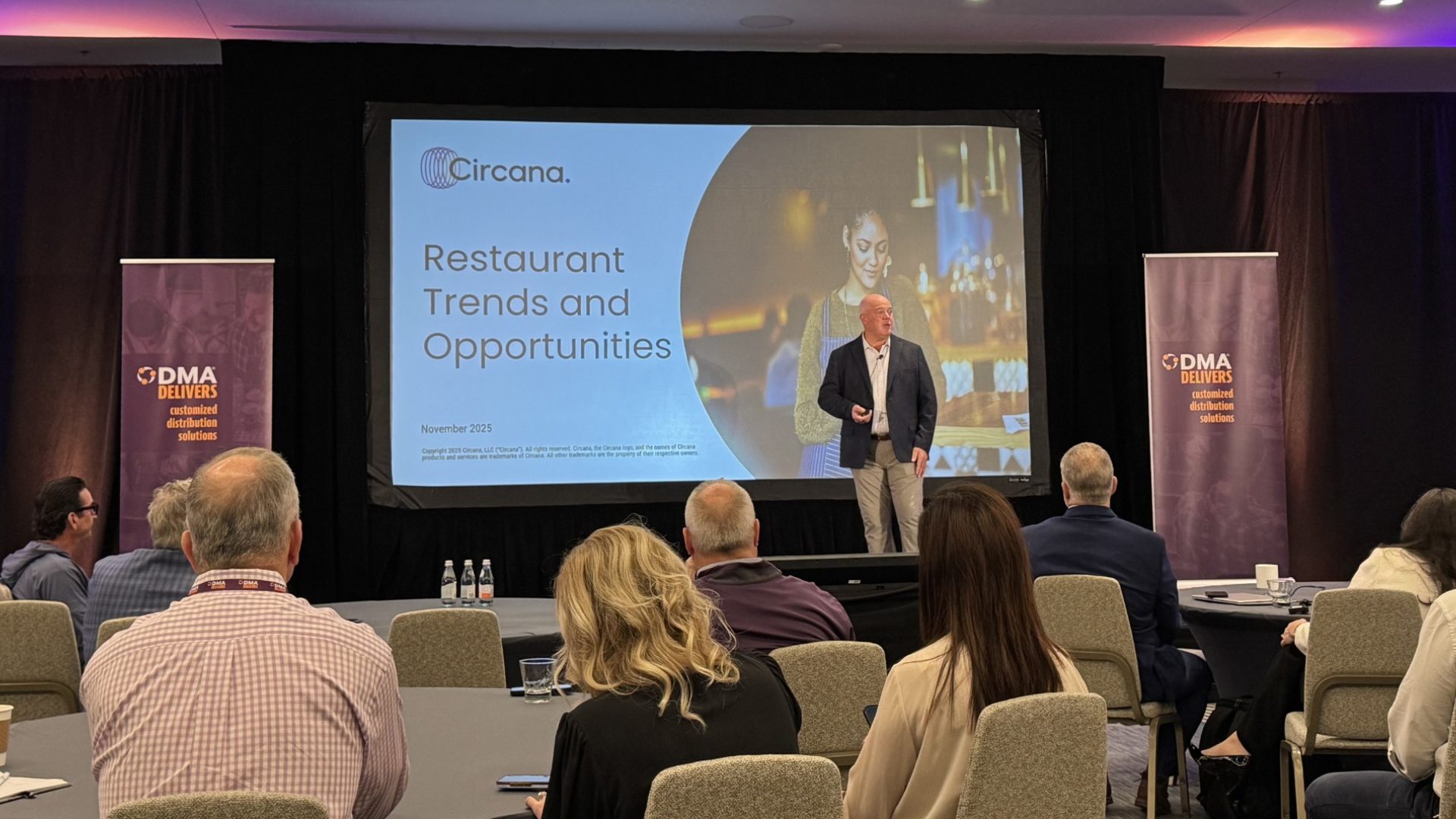Intermittent fasting and high-protein diets are becoming a thing of the past. Experts say the most popular diets in 2026 will feature fiber and will be focused on metabolic eating. The newest diet trends could also be influenced by GLP-1 weight-loss drugs.
“Consumers are learning that it’s not just about macros – it’s about timing, nutrient quality, and metabolic outcomes,” said Melanie Murphy Richter, a registered dietitian nutritionist at L-Nutra, Inc.
“The future is less about restriction and more about rhythm: eating in sync with circadian biology and metabolic needs, to support long-term resilience rather than short-term weight loss,” Murphy Richter told The Food Institute.
Metabolic Eating
While metabolic eating isn’t a diet in a traditional sense, the approach is nevertheless gaining a following among those looking to improve their physical condition. The approach optimizes your body’s metabolism by focusing on nutrient-dense foods. Health-conscious consumers are clearly intrigued by food patterns that improve biological age and energy, rather than simply focusing on weight.
The shift in philosophy is driven by the convergence of longevity science, biomarker testing, and the normalization of continuous glucose monitoring.
“Consumers want proof that what they eat works for them personally,” Murphy Richter said, “and we’ll see more interest in programs that combine fasting cycles, circadian eating, and nutrient density rather than calorie restriction alone.”
Fiber Maxing
Fiber has become a hot topic in health circles lately, overtaking protein as the buzzword du jour. As such, “fiber maxing,” (sometimes referred to as “fibermaxxing”) is expected to become commonplace in the year ahead. The nutrition trend entails maximizing one’s daily fiber intake by adding high-fiber foods to each meal (think: vegetables, legumes, and seeds).
In 2025, the American Society for Nutrition noted that only 7% of American adults consume the daily recommended intake of fiber.
“Fiber is quickly becoming the unsung hero of modern nutrition,” Murphy Richter said. “With growing awareness of the gut-metabolic connection, we’ll see more emphasis on ‘fiber diversity,’ not just fiber quantity.
“In 2026, the conversation will evolve beyond grams per day and toward functional outcomes like improving insulin sensitivity, supporting short-chain fatty acid production, and reducing inflammation.”
Inspired by GLP-1 Drugs
GLP-1 weight-loss medication use has become hugely influential on consumers. According to Circana, 23% of U.S. households currently are using such medications, and that figure will rise to 35% by 2030. For those households, spending on traditional retail has decreased, while restaurant patronage has risen.
GLP-1 drugs are shaping specific behavioral habits related to portion size, satisfaction, and quality – a shift that’s especially apparent among restaurant diners. Now, as 2026 dawns, recent GLP-1 users are focused on dietary patterns that preserve lean muscle, stabilize glucose, and prevent rebound weight gain.
“We see chefs downsizing plates and designing menus that focus on flavor intensity, freshness, and nutrient density,” said Barbara Pires, director of operations for Henri’s Bakery and Deli.
“Expect to see new diets emerge that mirror GLP-1 outcomes naturally: smaller portions, higher protein, fewer ultra-processed foods.”
In a similar spirit, some F&B experts predict that consumers will lean even further into healthier-for-you foreign dishes in 2026. Kate Howell, the vice president of Les Dames d’Escoffier International, has noticed “a rising appreciation for global flavors – from Malaysian rendang to Peruvian chimichurri twists – that make nutritious eating an adventure, not a compromise.”
Food for Thought Leadership
This Episode is Sponsored by: Performance Foodservice
How important is it as a food distributor to build a brand for foodservice – especially since consumers may never see or recognize it? Mike Seidel, vice president of procurement at Performance Foodservice Corporate, shares how the company views the development of its existing foodservice brands, including Roma and Contigo, and how they helped in the creation of its most recent Mediterranean concept Zebec.











